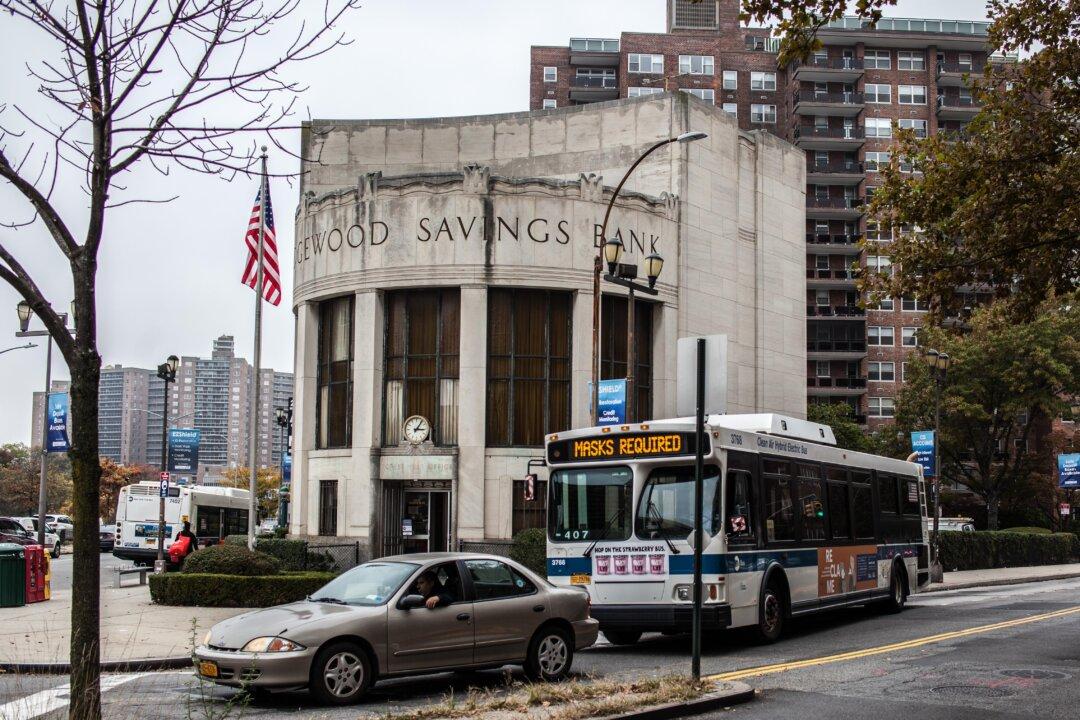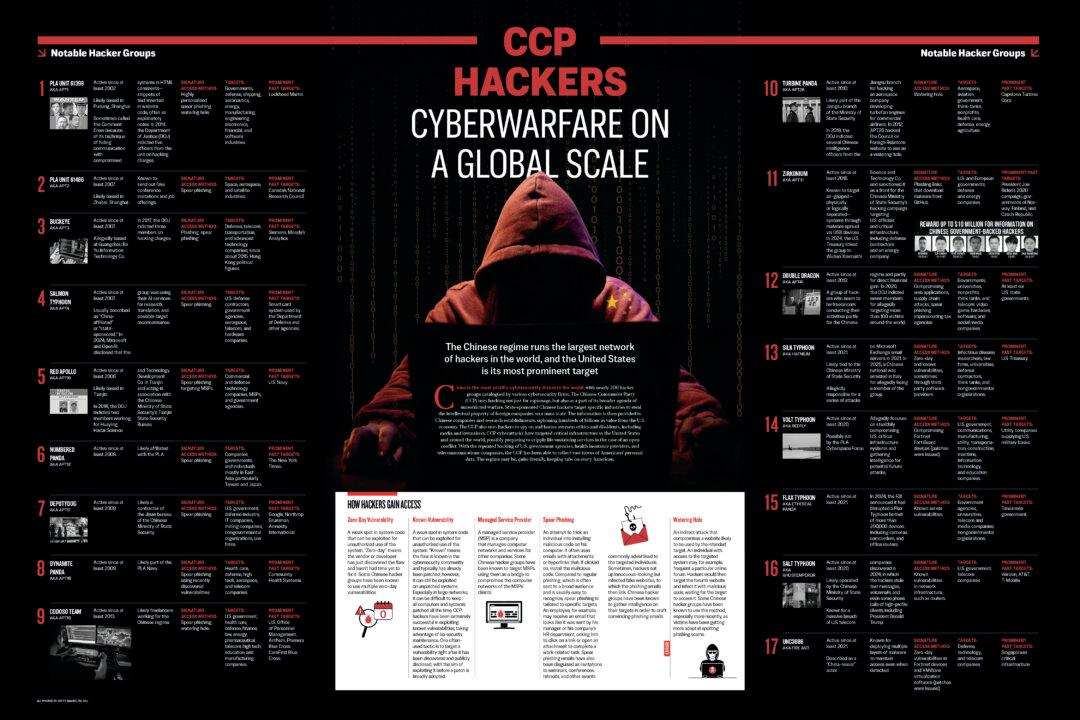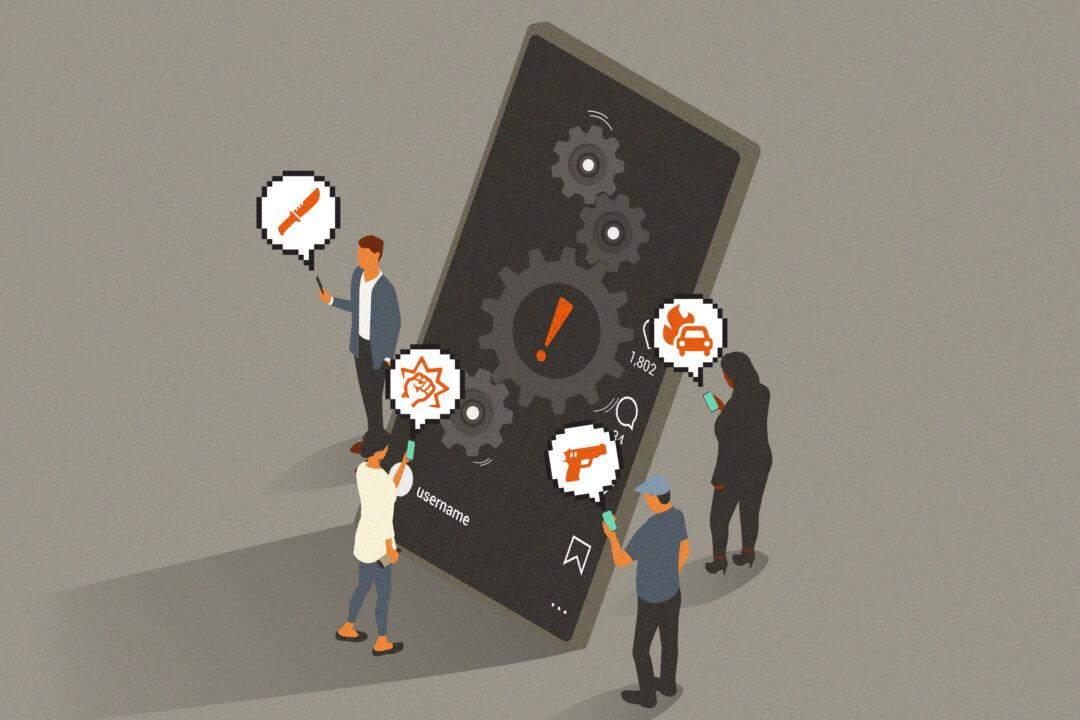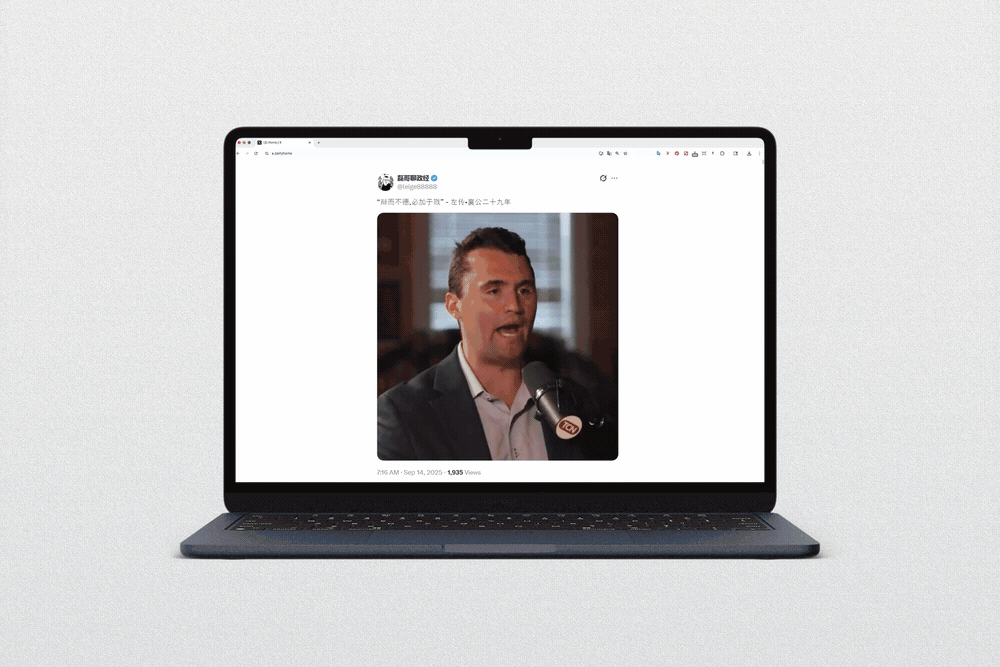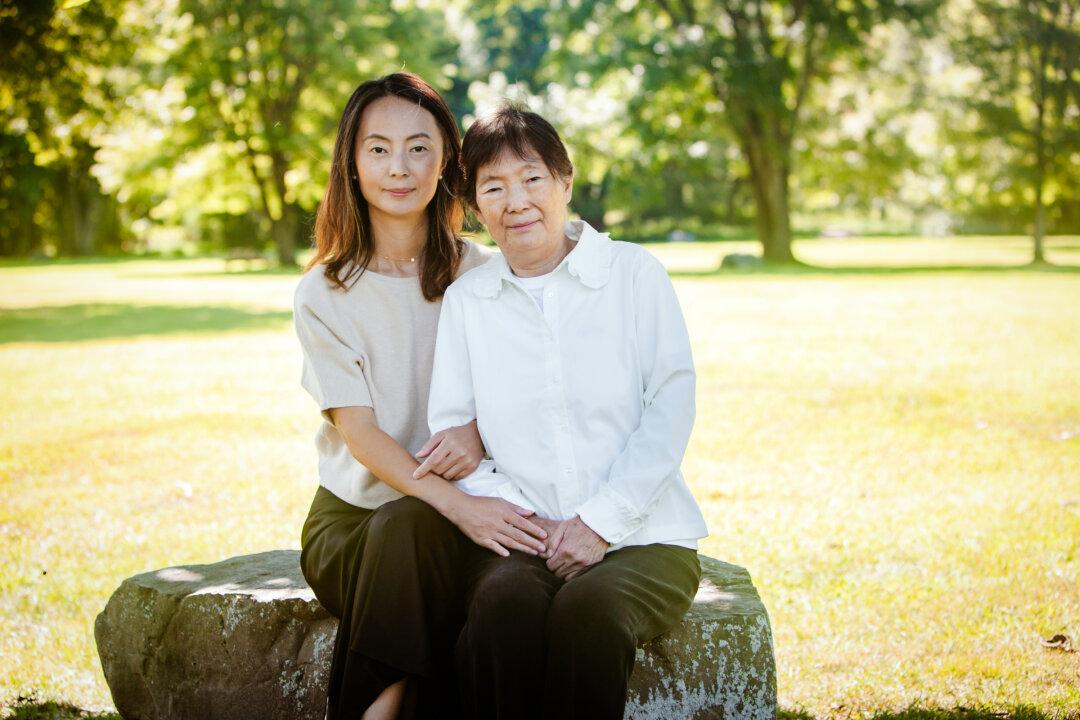NEW YORK—The New York City neighborhood of Forest Hills, home to the largest Bukharian Jewish community outside of Israel, was recently designated by local authorities for a strict lockdown, which shuttered schools, gatherings, and businesses deemed “nonessential.”
According to the state, the neighborhood was a center of a CCP (Chinese Communist Party) virus “cluster.” But data indicates the area wasn’t particularly problematic, compared to some other ZIP codes that faced no restrictions. Locals offered a mix of opinions on the lockdown. Some supported the decision or even suggested going further; others were dismayed.
